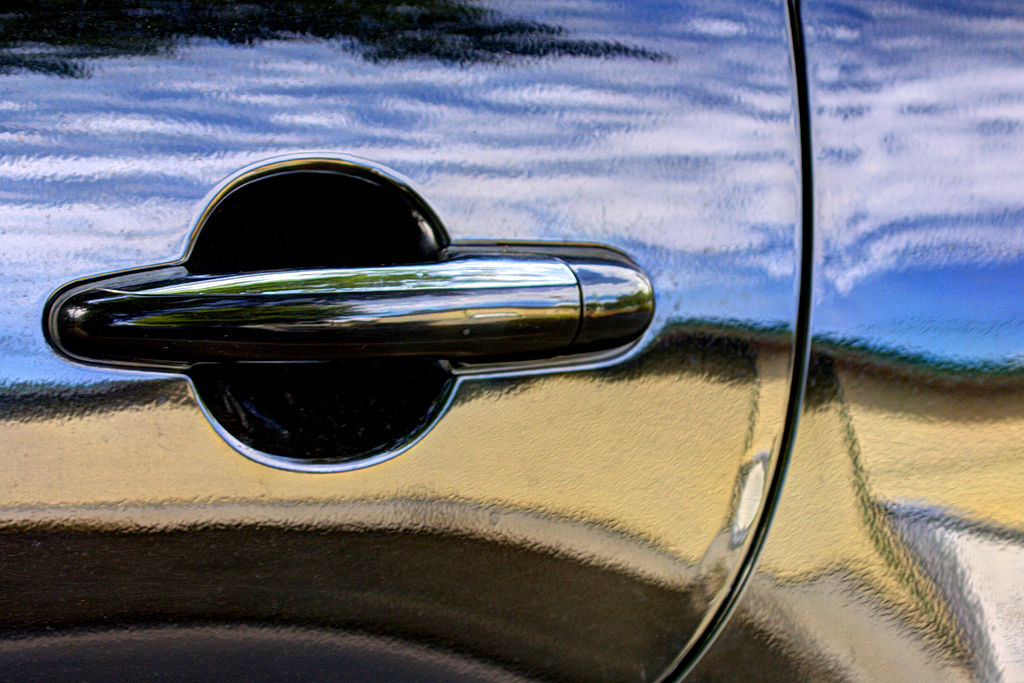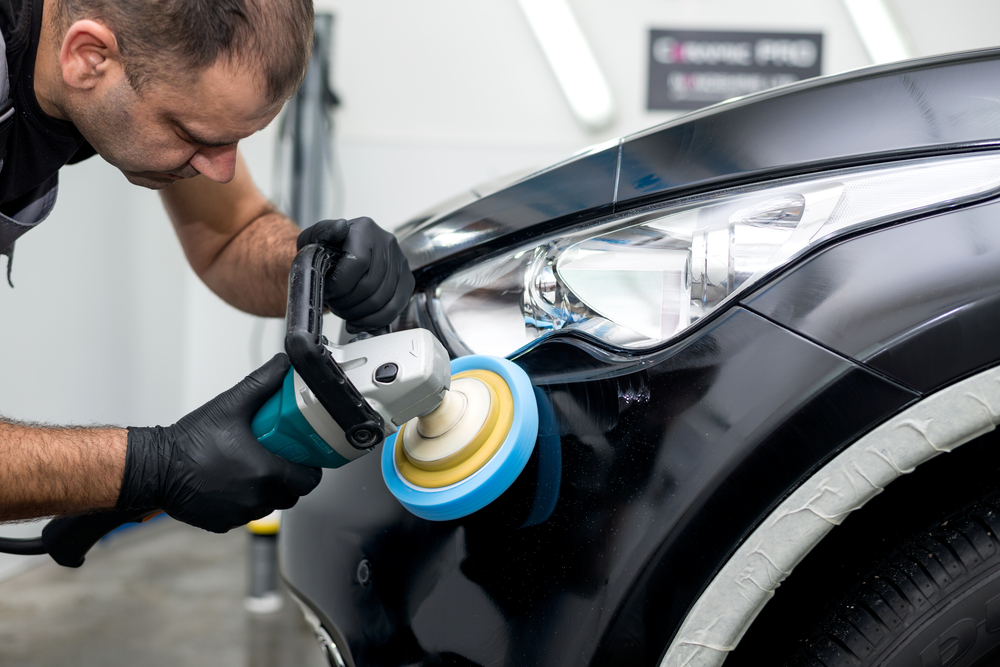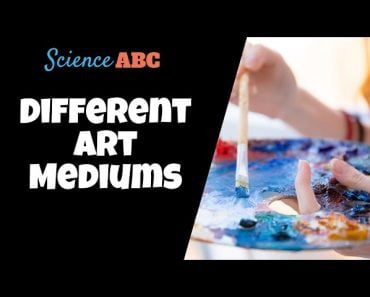Table of Contents (click to expand)
Automotive paint is a special-purpose paint applies on automobiles not only for aesthetic but for rust prevention purposes too.
As a child who grew up around a sizable collection of colorful toy cars, it still delights me to look at brand new vehicles shimmering under a showroom light. The process of selecting the color of one’s new vehicle is perhaps the most exciting part of buying a new car.

While many automobile manufacturers have a limited palette of colors to choose from, luxury car manufacturers often claim to offer custom-made colors, even going to the extent of concocting them if they’re not available commercially. Even though paint does not directly affect the performance of a car, it plays an integral role from an aesthetic point of view.

Recommended Video for you:
What Is Automotive Paint?
Automotive paint is a water-based formula delivered to a substrate (surface on which paint is applied) using a spray gun. It is composed of a polyurethane-based enamel designed to protect the substrate from environmental damage. The process of painting cars has evolved greatly over the years, as have the paints themselves.

1k And 2k Paint
Based on its chemical composition, paint can be classified as 1k or 2k paint. 1k (one component) refers to those paints that don’t need catalysts or hardeners to dry. 2k paint (two components), on the other hand, must be mixed with hardeners or activators to dry. The presence of hardeners makes them resistant to chemicals, UV and weather damage.
Paint can either be applied in single or multiple stages, depending on the nature of application. Single-stage paints dry to a glossy finish by themselves and don’t need a protective top coat. Multi-stage paints, on the other hand, require a topcoat that provides gloss and protection. Single-stage paint jobs, however, are an obsolete practice, as they are not durable in the long run. Modern automotive paint shops employ the multi-stage paint process, which makes the paint more resilient to elements than single-stage paint.
The Process Of Painting
All body panels of a vehicle begin as sheets of metal (namely aluminum or steel) that are pressed and welded into shape. The body panels of the car are arranged together into a temporary assemblage called body-in-white (BIW).

Automotive paint is then applied in a temperature-controlled facility and left to bake in an oven to accelerate the drying process. Multiple stages of application ensure the integrity of paintwork for extended periods.
The process of painting takes place over this body-in-white in the following order:
Preparation
Cleanliness of the substrate is essential before it receives the paint. A BIW goes through various procedures, through which its surface gets contaminated by oils, grease, chalk and ink marks etc. The preparation stage therefore includes the washing of body panels with high-pressure jets of water to ensure adherence of the paint.
Priming
Before applying the paint, a layer of rust inhibitors is applied to the substrate. Primers fill in substrate imperfections at a microscopic level and make it conducive to receive paint. Priming is usually done by dipping the entire BIW in a bath of primer to ensure even coverage. The primed surface is then dried before applying the pigment coat, also known as the base coat.
Base Coat Application
The base coat comprises the actual pigment that constitutes the color of the car. It is usually applied in 3 or more stages, with each layer being allowed to dry before the next layer is applied. Base coats are the penultimate stage of painting and usually dry to a flat finish.
Clear Coat Application
A pigment coat merely imparts color, but cannot withstand UV damage and chemical action due to exposure to fallout. Another disadvantage of a pigment coat is that it dries to a flat finish. Due to this, a chemical and UV-resistant coat of clear lacquer is then applied. This protects the base coat beneath and dries to a glossy finish.
Types Of Pigments
The base coat can be of various types, depending on the type of finish one wants to achieve.
Solid Color

Caption: solid colors do not have any visual enhancers in the paint
Solid colors consist only of pigments and don’t have any visual enhancers added to the paint. They are relatively inexpensive to apply and repaint in case of damage.
Metallic Color

Metallic colors use very fine aluminum powder dispersed in flat paint, which imparts a shimmering glow and depth to the paint when viewed at certain angles. They are more expensive compared to solid coats in terms of both application and repair.
Pearlescent Color

Pearlescent colors employ ceramic crystals instead of aluminum powder to impart a pearl-like finish to the paint surface. It appears as a multi-colored sheen under different lighting and is one of the most expensive paints to apply.
Matte Color

These colors are desirable when the final desired finish is flat, rather than glossy. This trend is popular amongst owners of performance-oriented cars. They are more chemically stable than the other three pigments, as they cannot be layered with a clear coat. However, some manufacturers can offer flat-drying clear coats, which have the same advantages as a conventional two-stage paint job.
How Does Paint Glow?
Clear coat paint, due to its viscosity, results in a textured surface that resembles the skin of an orange peel. This causes incident light to reflect in different directions, distorting the reflection in the process.

In order to enhance gloss, the final coat must be ‘corrected’ to eliminate imperfections resulting from spraying. Paint correction is carried out by machines that rub abrasive liquids onto the clear coat. The abrasive liquids, also known as correction compounds and polishes, cut through the textured surface of the clear coat, thereby leveling it out. A level surface reflects incident light uniformly, thereby making it appear glossy.

Matte paints cannot be polished like conventional paints, as this can result in glossy patches. Thus, they require more skill to apply and a rigorous maintenance regimen to keep up.
Why Do New Cars Shine More Than Old Cars?
Incorrect car care techniques, paint erosion due to excessive exposure to UV radiation, and contamination arising from the road; namely tar, dust, grime and iron fallout can cause the paint to become damaged and appear dull. Following proper car care regimens and periodic decontamination goes a long way towards ensuring paint preservation.












